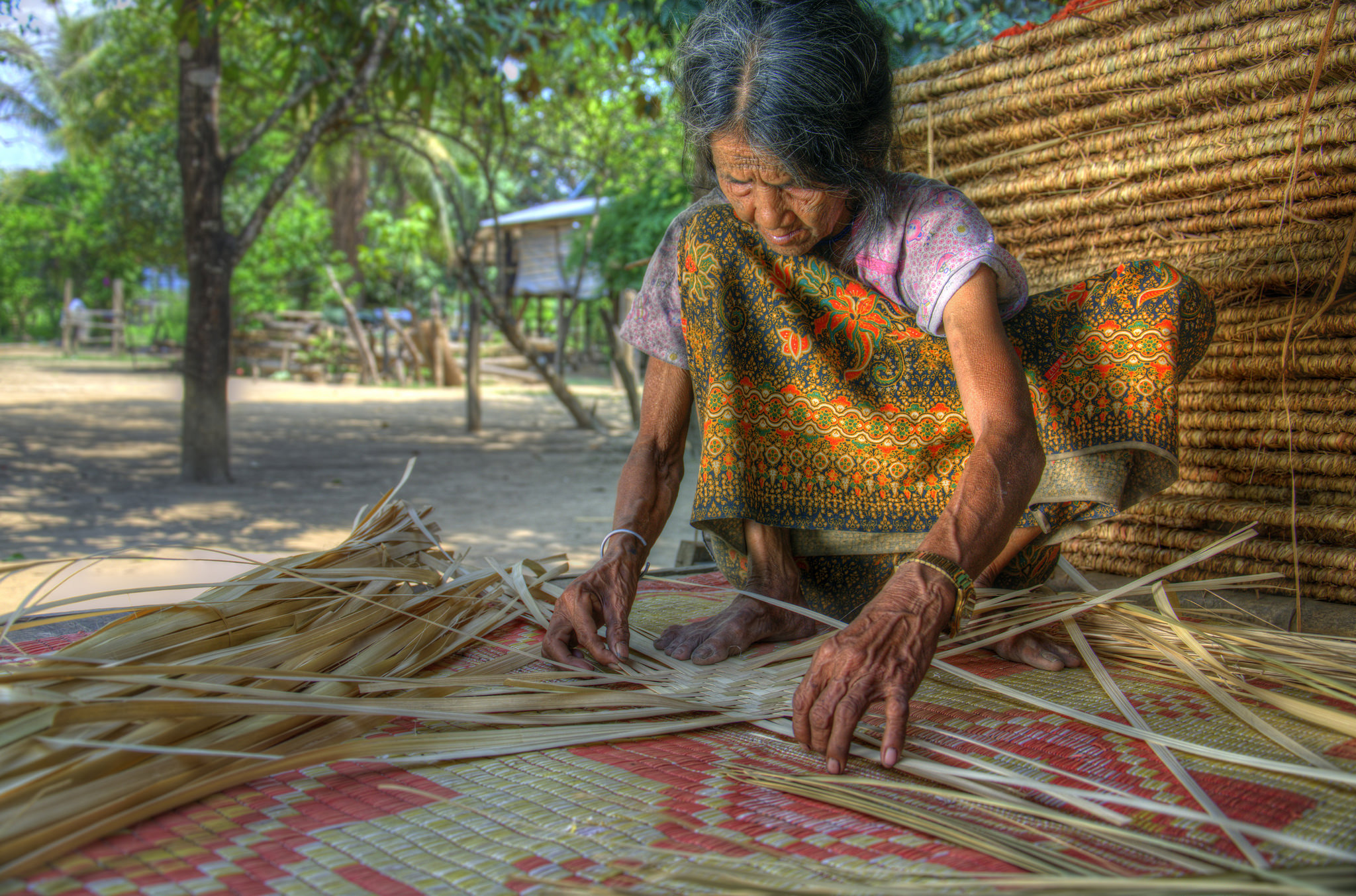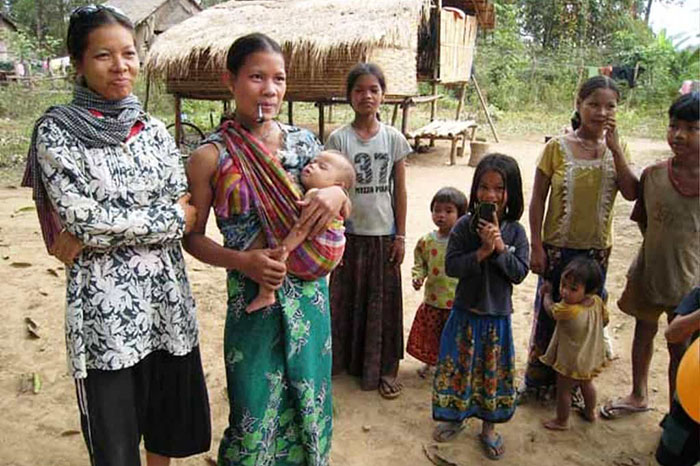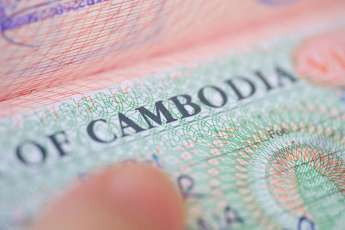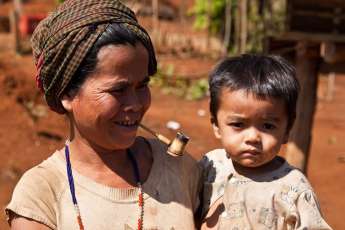
Meet Cambodia's ethnic minorities
- on May 29, 2025 By: Phuong Mai NGUYEN
While 90% of Cambodians are Khmer, making Cambodia one of the most ethnically uniform countries in Southeast Asia, the kingdom is also home to a variety of ethnic minorities that enhance its cultural and human diversity.
This article introduces Cambodia’s ethnic minorities, who represent 10% of the kingdom's population.
The Vietnamese
The Vietnamese, numbering 814,000 individuals, are the largest ethnic minority in Cambodia, representing more than 4% of the population. The settlement of Vietnamese in Cambodia dates back to the early 17th century, when the first Vietnamese immigrants, who were fishermen, settled on the shores of Tonle Sap Lake. The migration of Vietnamese to Cambodia was encouraged by the French colonial regime as workers on rubber plantations or as employees in the colonial administration.

After Cambodia's independence was proclaimed in 1953, followed by the civil war in the early 1970s and the Khmer Rouge's seizure of power in 1975, the Vietnamese population in Cambodia suffered numerous abuses at the hands of the Pol Pot regime, including deportations and executions. The survivors had their property confiscated, including their birth certificates and all documents proving their Cambodian citizenship. The government is now trying to regularize its situation and erase this feeling of statelessness.
The Cham
The Cham, with a population of approximately 300,000, make up over 2% of Cambodia's total population, making them the country's third-largest ethnic minority. Initially following Brahmanism and Hinduism, the Cham embraced Islam due to interactions with Javanese and Malay traders between the late 16th and 17th centuries. They rank among the oldest ethnic groups in Southeast Asia. The central Vietnamese coastline served as the birthplace of Cham civilization from the 4th to the 13th century. Over time, various conflicts significantly diminished their territory, culminating in a devastating defeat by the Dai Viet emperor, Le Thanh Tong, in 1471. Numerous archaeological sites along the central Vietnamese coast, including the UNESCO World Heritage site of My Son and the renowned Cham Arts Museum in Danang, highlight the artistic achievements of this remarkable civilization.

The Cham people of Cambodia are composed of two groups: the first consists of Vietnamese immigrants who arrived in Cambodia between the 16th and 19th centuries, while the second originated from immigration between the 14th and 15th centuries from Indonesia and Malaysia. The Cham live in a matriarchal and matrilineal society, with customs that are very different from those of Muslims in the Middle East, who consider them to be outsiders. They make their living from agriculture, fishing, fish and shrimp farming, and cotton and silk weaving. During the atrocious Khmer Rouge regime, nearly 100,000 Chams were executed. Today, the Cham live north of Phnom Penh, in the Kompong Cham region, and around Kampot. The presence of mosques distinguishes Cham villages, and as you pass through them, you will notice that the women wear veils.
The Chinese
With just over 200,000 individuals, the Chinese represent approximately 2% of Cambodia's population. The Chinese presence in Cambodia dates back several centuries, as trade with China began during the Funan Kingdom in the 1st century AD. Over the centuries, increased trade between China and the Khmer Empire allowed a Chinese community to develop, consisting largely of merchants who had settled in the country. Cambodians saw them as an industrious community that was very useful to the national community. They never got involved in major political conflicts, but they nevertheless benefited from them.

Although the French colonial regime initially saw the Chinese community as a means of escaping the underdevelopment and fratricidal wars that affected Cambodia, it later began to appear as a major competitor to the French colonists. However, the latter had to accept them because the Chinese were masters of the main economic sectors, thanks to their ability to organize themselves into networks, grouped into congregations.
According to several surveys, out of 430,000 individuals in 1975, 225,000 Chinese perished under Pol Pot's regime. As capitalists, city dwellers, and speakers of a foreign language, the Chinese were prime targets for the Khmer Rouge and their new social structure. Over the past decade, Chinese aid and investment in Cambodia have grown exponentially, particularly with the support of the Chinese community in Cambodia, making Cambodia appear to be the archetype of states subservient to Chinese diplomacy.
Proto-Indochinese ethnic groups

The Proto-Indochinese ethnic groups of Cambodia live in the four northeastern provinces (Mondulkiri, Ratanakiri, Stung Treng, and Kratie), considered to be the highland regions. These ethnic groups are confined to the mountains or forests, live in villages of wooden houses on stilts, and subsist on hunting, fishing, gathering, and rice cultivation. These ethnic groups speak different dialects from one tribe to another, are organized into tribes, and are mostly animists. Fiercely attached to their ancient traditions, it is not uncommon for travelers venturing into these remote areas to witness some of the traditional rites that these ethnic groups continue to practice, such as buffalo sacrifice.
Related articles:
>> Top 10 authentic experiences to do in Cambodia
 Español
Español Français
Français




















Morgane Ter Cock
on Dec 18, 2025HerbertPhomaMS
on Oct 19, 2025Lilyan Cuttler
on Oct 15, 2025Avenue17XC
on Sep 14, 2025Avenue18JL
on Jul 21, 2025